In a thorough analysis of the global economy, analysts at the International Monetary Fund examine a world on the edge of recovery. As dust clears from the financial crisis, they describe the new landscape. Their diagnoses are excellent, but only time will tell if their prescriptions for fiscal consolidation and structural reform are on the money. The IMF’s influence is so broad and pervasive that its opinions alone can move markets. Thus, understanding tomorrow’s pivotal issues may depend on knowing what the IMF says today. getAbstract recommends this thorough report on how the IMF sees the world to policy makers, business leaders, academics and students.
Short-Term Risks
The global economy continues to struggle under the legacy of the 2008 financial crisis. Low interest rates have not fully succeeded in reviving global investment, despite re-energized equity markets and dampened volatility. Markets may be underpricing risk and discounting the implications of the imminent unwinding of monetary stimulus. The end of the Federal Reserve’s quantitative easing program and the resulting higher interest rates could derail the already anemic recovery. If long-term interest rates rise relative to short-term rates, financial markets could grow uneasy. Risk premiums would rise, resulting in volatility. Adding any of a number of geopolitical risks to the mix would redirect capital flows toward safe havens. “An adverse feedback loop” would add to turbulence and uncertainty, funneling into a vicious downward spiral.
Low inflation plagues many advanced nations, particularly in the euro zone, where the risk of deflation – signaled by “two consecutive quarters of negative inflation” – stands at 30%. In China, a real estate correction threatens short-term growth and could endanger the country’s banks, which are heavy real estate lenders...









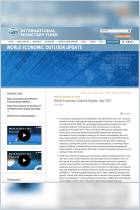
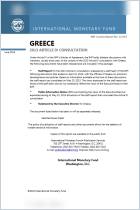
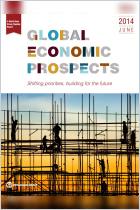
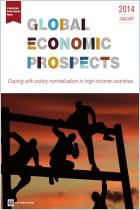
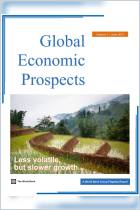

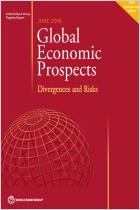
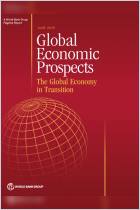








Comment on this summary or Iniciar a Discussão